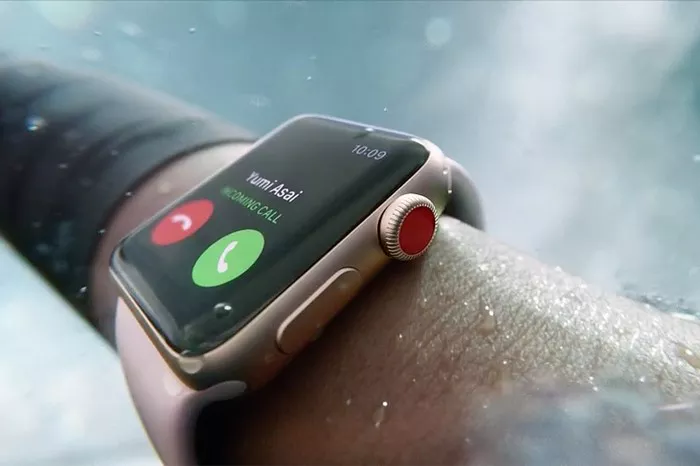Choosing the right size for your Apple Watch is a crucial decision that goes beyond mere aesthetics; it directly impacts comfort, usability, and overall satisfaction. With Apple offering a range of sizes for its popular smartwatch, the question “What size Apple Watch should I get?” becomes pivotal. In this comprehensive guide, we explore the factors influencing the choice of Apple Watch size, providing a detailed roadmap for users seeking the perfect fit for their wrist.
1. Understanding Apple Watch Sizes: 40mm vs. 41mm and 44mm vs. 45mm
The latest generations of Apple Watches come in two size options: 40mm and 44mm for earlier models, and 41mm and 45mm for the more recent releases. The measurement refers to the height of the watch case, measured vertically from top to bottom. While the change from 40mm to 41mm and 44mm to 45mm may seem subtle, it can have a significant impact on the overall look and feel on the wrist.
2. Consideration for Wrist Size and Shape: Proportions Matter
The size of your wrist is a fundamental factor when deciding on the appropriate Apple Watch dimensions. A smaller wrist may benefit from the compactness of the 40mm or 41mm option, providing a more balanced and proportional appearance. Conversely, those with larger wrists might find the 44mm or 45mm size to be more fitting, offering a robust and substantial presence.
3. Display Real Estate: Balancing Visibility and Comfort
The primary advantage of a larger Apple Watch size is the increased display real estate. A larger screen accommodates more information and allows for easier interaction with apps. However, users should strike a balance between the desire for a spacious display and the comfort of wearing the watch for extended periods. Opting for a size that meets both visibility and comfort requirements is key.
4. Fitness and Activity Considerations: Finding the Right Companion
For users primarily interested in fitness and activity tracking, the choice of Apple Watch size can impact the device’s performance during workouts. A larger size may offer more space for displaying fitness metrics and tracking information, enhancing the overall experience for users engaged in regular physical activities.
5. Style and Fashion Preferences: A Personal Touch
Apple Watch has become a fashion statement as much as a tech accessory. Style-conscious users may base their decision on the aesthetic appeal of the watch on their wrist. The smaller size may appear more elegant and subtle, while the larger size can make a bold and assertive fashion statement. Considering personal style preferences is crucial when selecting the perfect Apple Watch size.
6. Compatibility with Bands: Interchangeability and Versatility
Apple Watch bands are interchangeable across sizes, allowing users to personalize their devices further. The 40mm and 41mm watches have a narrower band width compared to the 44mm and 45mm counterparts. Users who already own bands or plan to invest in a variety of bands may want to consider the interchangeability aspect when deciding on the size of their Apple Watch.
7. User Experience and Daily Wear: Practical Considerations
Ultimately, the ideal Apple Watch size is one that seamlessly integrates into your daily life. Users who prioritize a lightweight and unobtrusive feel may lean towards the smaller sizes, while those who value a substantial and feature-rich device may opt for the larger options. Assessing how the watch fits into your daily routine and activities is crucial for a satisfying user experience.
Conclusion:
In conclusion, selecting the right size for your Apple Watch involves a careful consideration of various factors, including wrist size, style preferences, and practical considerations. The transition from 40mm to 41mm and 44mm to 45mm introduces subtle changes that can significantly impact the overall user experience.
When contemplating the question “What size Apple Watch should I get?” it’s essential to strike a balance between aesthetics and functionality. The perfect size is a subjective choice, tailored to individual preferences and lifestyle. By taking into account wrist size, style preferences, and the intended use of the device, users can confidently choose the Apple Watch size that seamlessly integrates into their daily lives, delivering both form and function in the palm of their hand—or rather, on their wrist.

